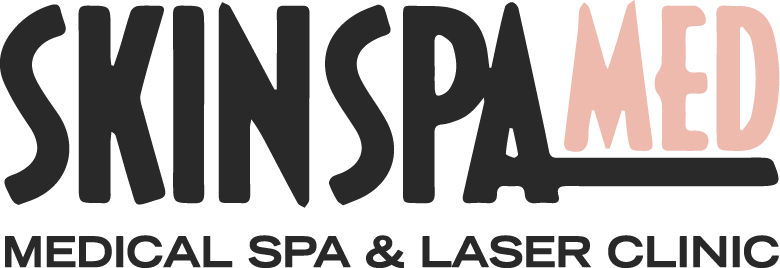Skin Cancer Procedures Outnumbered Cosmetic Dermatology Treatments in 2018
/The results from the American Society for Dermatologic Surgery’s (ASDS) annual survey on dermatologic procedures are in for 2018, and the figures aren’t too surprising- but they are important. The most frequently performed treatments by dermatologists last year were skin-cancer procedures, but cosmetic treatments also increased by more than seven percent year over year.
Among them, injectable neuromodulators (like Botox) and soft-tissue fillers as Juvederm and Restylane are still the most popular cosmetic treatments, and they continued to steadily increase (as they have been for the past seven years, since the survey began). However, the most dramatic increase last year was seen with body-sculpting treatments. Specifically, compared to 2017, body-contouring treatments increased by a whopping 43 percent in 2018.
Shari Marchbein, a board-certified dermatologist in New York City, isn’t surprised by these results. “There has been a huge surge in the number of cosmetic procedures I perform, and I see this growing year by year,” she says. In her office specifically, she says Botox is “by far the most popular cosmetic procedure,” although she is also noticing an overall uptick in body-contouring, which is invasive, expensive, and has a lot of downtime,
Marchbein says. “Noninvasive contouring and sculpting with various devices is now widely accessible, seemingly less expensive, and are easy ‘lunchtime’ procedures with no real downtime. This makes them extremely popular.”
Sejal Shah, another New York City-based dermatologist, relays a similar observation, adding that noninvasive body-sculpting procedures at her practice. “With the release of newer devices like EmSculpt and TruSculpt iD, the noninvasive body-contouring market is exploding. Interest in these procedures has grown tremendously and will continue to do so,” Shah says.
Whatever the reasons for this continued uptick in cosmetic treatments- whether social media, affordability and access, celebrities normalizing aesthetic procedures, or most likely some combination thereof- Marchbein say she is “thrilled if the stigma, shame, or embarrassment of having a procedure performed is lessened, and that we are able to support an individual’s choice to do what they feel is right and appropriate with their body.”
Cosmetic procedures aside, perhaps the most important data from the survey has to do with sun damage and skin cancer. The most-performed procedures of all in 2018 were skin-cancer treatments- more than 3.5 million. According to data from survey, there has been a 56 percent increase in melanoma in the past seven years. Just last year, sun-damage treatments, such as laser and light therapy, were up 29 percent. This could mean that skin cancer itself is on the rise, or that people are just becoming more aware of it and thus more likely to seek out a doctor for treatment (or some combination of the two).
“As far as skin cancers, I am also seeing an uptick, especially in young women, where I frequently diagnose and treat potentially life-threatening melanomas and other skin cancers such as basal cell carcinoma,” Marchbein says. “I think this is the result of the ‘tanning bed’ generation, and we’re seeing the result of decades of unregulated tanning-bed use.”
The survey was sent to almost 4,000 practicing dermatologists across the country (3,853 to be exact) and just under 600 of them sent in answers making for a 15-percent response rate. So, while the data from each doctor is self-reported, the sum for everyone’s answers has been generalized to represent all ASDS members. Nevertheless, it offers interesting insight into what dermatologists across the country are encountering and treating- and also what treatments people are choosing to pay for out-of-pocket.
Here’s a quick recap of the top procedure in 2018, with just the figures:
3.5 million skin cancer treatments
3.7 million injectables neuromodulators and soft-tissue fillers combines, broken down as 2.1 million neuromodulators or injectable wrinkle-relaxers and 1.6 million soft-tissue fillers
623,000 body-sculpting treatments, including fat-freezing and muscle-sculpting procedures
497,000 chemical peels
As for the future, “I think procedures including botulinum toxin and fillers, will continue to grow in popularity as they can often provide more immediate results are minimal invasive,” Marchbein says. “We are also using these procedures in a preventative way, and they are many savvy consumers these days, especially with social media.”
(Originally posted by Allure)




